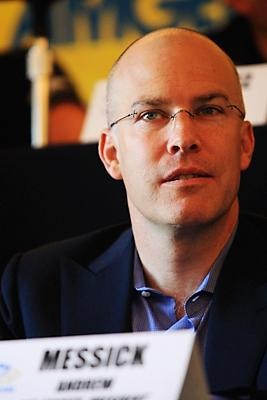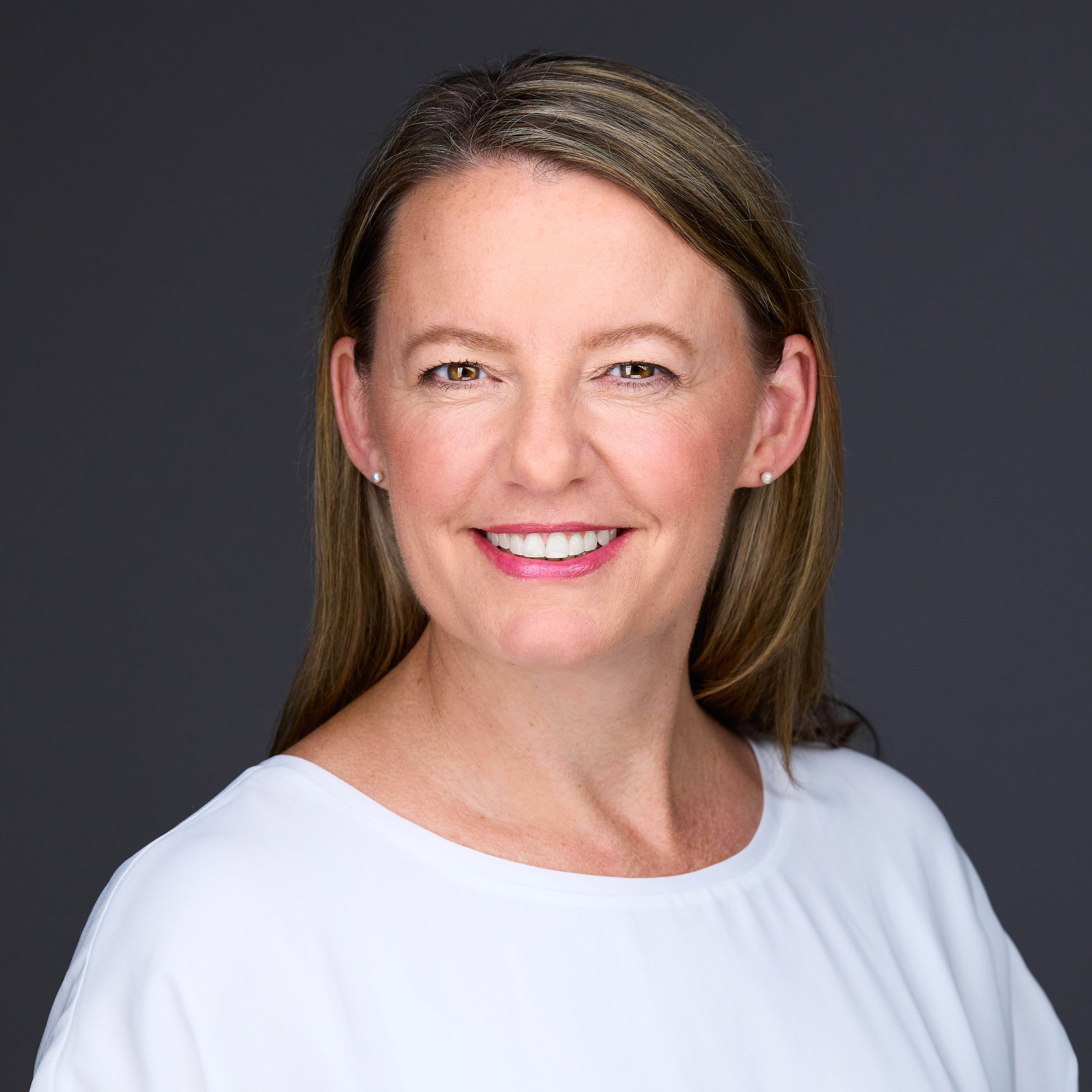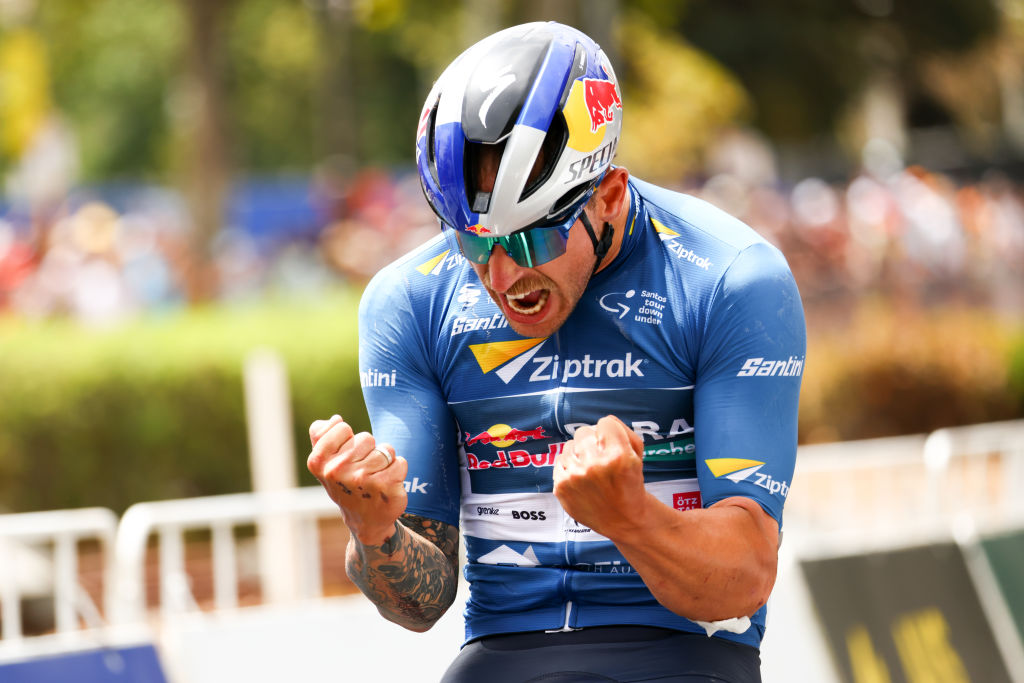Tour of California moves inland for fifth edition
Route likely to include more coastal cities in 2011

The Tour of California’s warmer May slot on the International Cycling Union (UCI) calendar has allowed organisers to bring the race further inland in a bid to showcase the eastern mountains, which should provide a suitable test of fitness for the Tour de France contenders before July. However the route changes have left the once iconic coastal cities wondering if they will participate in North America’s marquee cycling event in the future.
“We are really pleased to be able to announce the host cities today and start the process of Tour of California,” said Andrew Messick, president of event owner AEG Sports. “We are shifting to May. It’s a big decision for us because we have historically been a February race and we concluded that to be able to grow we needed to be able to showcase the entire California, a mountainous state that is inaccessible due to the snow and cold in February. So shifting to May allows us to open up California to the Sierra Nevada mountaintops.”
Coastal cities deserted as race heads inland
The Tour of California has moved further inland than the previous four editions, where the state’s winter chill and snow blanket have prevented the week-long challenge from touching the mountains to the east. The event will span over 800 miles between eight stages as it embarks on its fifth edition in 2010. As the race grows, cities have been knocking on AEG’s door requesting to host a start line, finish line, intermediate sprint, king of the mountain or even an opportunity to catch a glimpse of the action as the race passes through local streets.
However the state’s sheer size has made it difficult for organisers to tie together the Pacific ocean shores with the eastern mountain slopes in just eight days. “We can’t go everywhere and we weren’t able to get to places like Marin County, but we hope to get back next year,” Messick said. “Solvang, Marin and San Diego were places we had great success but we weren’t able to get there this time. We are hopeful we will find a way to do it in the future.”
Hosting the event in February meant that coastal cities and counties like Marin, San Luis Obispo (SLO), Paso Robles, Solvang and San Diego among others were almost a sure bet to get a prime-time spot on the Tour of California route. The race can reach the more northern cities of San Jose, Modesto, Santa Rosa and San Francisco in the opening stages.
The new May date means however that race organisers are able to take advantage or warmer, inland climates and bring the race to cities like Nevada, Davis, Pasadena and through the Sierra Nevada Mountains, east of California’s Central Valley. The race will take on its first mountaintop finish at Big Bear Lake and then head to the Santa Monica Mountains, a transverse range reaching eastern Los Angeles.
The latest race content, interviews, features, reviews and expert buying guides, direct to your inbox!
“The challenge that we have is topographically,” Messick said. “We chose to bring the riders down through the valley. To go into Madesto we would have had to back track to get back into SLO County. If we are able to continue to have good relationships with good organising committees, we are inclined to look at route options in 2011 that will be costal. This year we only have one coastal stage and the rest is inland. We all like the image and iconic notion of racing along the coast incorporated into the race loop.”
The race is set to begin in Nevada City, a city that Messick has congratulated for celebrating its 50th anniversary of the Nevada City Classic. “For us to recognize their contribution that they have made to cycling is important for us,” Messick said. “A lot of great riders and teams stem from that race. For us to bring attention to them and to showcase that community is something that meant a lot to us and it’s our pleasure to do that.”
Stage two’s Santa Rosa finish will mark the city’s fifth appearance in the stage race. Stage three moves on to San Francisco and will take the riders on a breath taking journey south beside the Pacific Ocean along the scenic HWY 1 into Santa Cruz.
“Santa Rosa is beautiful, the roads are good, great riding, people there appreciate riding, it has everything you want,” Messick said, regarding the reason the city has been selected for each edition. “When you tick all the boxes of what you want to stage to be we find Santa Rosa is a pretty special place and we are happy to be back for a fifth time.”
Los Angeles scores the finale
One city notably missing from California’s route is last year’s finale host San Diego. It was reported that last year’s economic recession played a role in the AEG’s decision to shorten the race to eight days, down from nine in 2009, which has effectively left out San Diego. Messick laid speculation to rest by stating that the reason for shortening the race was based on rider feedback from the previous editions.
“We’ve come through the economic down turn pretty well and we’re doing reasonably well,” Messick said. “The decision to go to eight stages was one that we spent a lot of time considering. Thought and analysis were a part of that decision making process and we got feedback from the teams that nine days was too long. We have a position on the calendar that allows us to expand and consequently we will be looking to move back to nine or 10 days in the future. I don’t know when that is going to be but we will go from there.”
Messick said San Diego was not incorporated into the race this year because of the state’s massive longitudinal span makes it difficult to reach that far south this year. “This is the hardest and worst part of our job is to not be able to go back to places where we had a lot of success,” Messick said. “Our experience in north San Diego County in 2009 was exceptional. The fans came out huge, the organisation was good. However the routing and logistics made for such that we were not able to physically do it.
“We were in positive conversations and there was a strong group that wanted to bring us back, and made a terrific offer, but we simply couldn’t figure out a routing that still included San Diego,” he added. “San Diego was a disappointment in that we couldn’t find a way to get down there. I wish there was a way we could make San Diego happen.”
Los Angeles received the bulk of the final stages, including the stage seven individual time trial and the eighth and final stage held in Thousand Oaks-Agoura Hills. AEG felt that it was important to have a strong Los Angeles presence where it has not received coverage in the previous editions, according to Messick.
“The terrain is relevant to the local cyclists in the community and roads that are used heavily by American cyclists,” Messick said, regarding the inclusion of the notorious Rock Store ascent into the final stage. “It is an iconic ride and climb in the mountians.”
Asked how many fans are expected to the new finish line, Messick said: “fans for the finale? As many as we can fit! Palomar last year was an iconic climb with 10 deep at the top. If the weather is better - 70 degrees and sunny - it will be unbelievable for fans. The serious issue is with traffic and spectator management, but these are issues we like.”

Kirsten Frattini has been the Editor of Cyclingnews since December 2025, overseeing editorial operations and output across the brand and delivering quality, engaging content.
She manages global budgets, racing & events, production scheduling, and contributor commissions, collaborating across content sections and teams in the UK, Europe, North America, and Australia to ensure audience and subscription growth across the brand.
Kirsten has a background in Kinesiology and Health Science. She has been involved in cycling from the community and grassroots level to professional cycling's biggest races, reporting on the WorldTour, Spring Classics, Tours de France, World Championships and Olympic Games.
